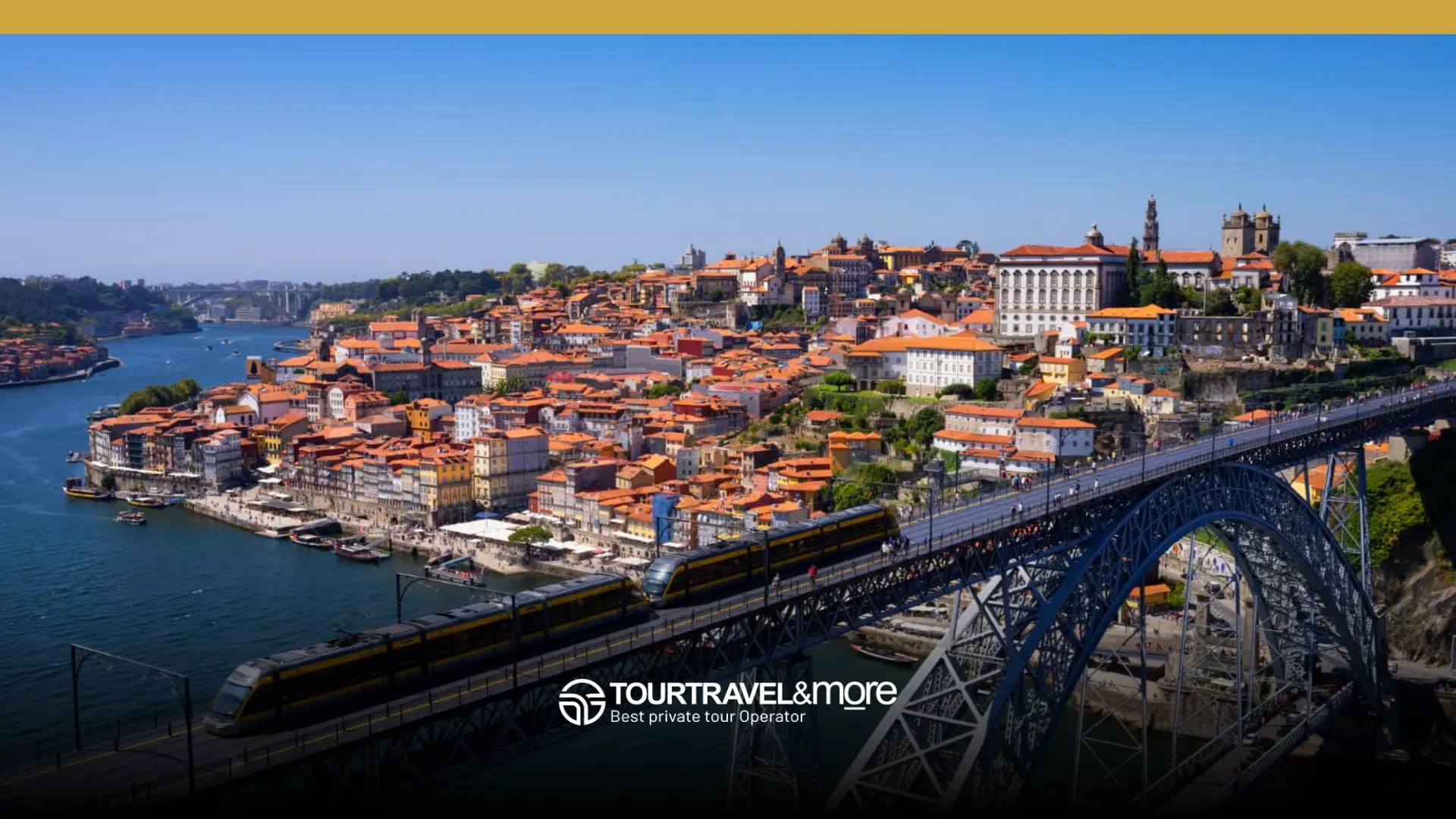Porto is generally very safe, but it helps to know neighbourhoods with a poor reputation (Aleixo, Cerco do Porto, São João de Deus) and tourist micro-areas where pickpocketing is more common (Ribeira and the Dom Luís I Bridge, Rua Santa Catarina, the São Bento–Sé area, viewpoints like Jardim do Morro and Vitória). The key is common sense: no flashy displays, avoid dark shortcuts late at night, and prefer Uber/Bolt when returning from nightlife areas (Galerias de Paris). That way you’ll enjoy tiles, wine, and sunsets with no drama.
Is Porto safe? Yes, but watch for lapses
Porto has a well-earned reputation as a calm city: the most typical incidents are non-violent thefts that exploit distraction in crowds. In my experience, what I saw were opportunistic pickpockets in busy areas—never aggressive situations. Keep your things in sight, hold your phone when checking maps, and choose well-lit streets if it gets late.
Most common petty crimes and how they happen (bump, distraction, snatch)
- Bump/distraction: someone “accidentally” trips while another tests your pockets.
- Snatch: bags or phones loosely placed on terraces or viewpoint railings.
- Over-helpful strangers: fake “good Samaritans” offering photos or directions a bit too insistently.
Neighbourhoods with a poor reputation (and why they’re not on your tourist route)
These places aren’t attractive to visitors and aren’t part of the typical sightseeing circuit. The idea isn’t to stigmatise, but to avoid unnecessary wandering, especially at night.
Aleixo
Historically associated with social exclusion. It offers no tourist interest. If you must pass through, stick to main roads and avoid empty alleys.
Cerco do Porto (Campanhã)
A complex social context. Campanhã itself is a transport hub, but Cerco isn’t for strolling. At night, better use door-to-door ride-hailing.
São João de Deus
References to occasional vandalism and thefts. Little to no value for the average visitor—especially after dark.
Other areas to watch: Pasteleira Nova, Lagarteiro, Fontaínhas at night
Pasteleira Nova and Lagarteiro often appear on lists of problematic areas; if you’ve no reason to go, skip them. Fontaínhas is lovely in daylight but loses lighting and atmosphere at night.
Personal note: I love it under the sun; after dark, I prefer other routes.
Tourist micro-areas where extra attention pays off
These are on your route and they’re gorgeous—but very crowded.
Ribeira and the Dom Luís I Bridge (crowds and photos)
With terraces, street music, and selfies, vigilance tends to drop. Keep your phone and wallet in front and, if you cross the bridge at night, use the busiest side and avoid stopping mid-way to check maps.
Personal note: I’ve seen classic bump-and-distract moves at peak hours; hand on the zipper and you’re fine.
Rua Santa Catarina (shopping and pickpockets)
A shopping artery full of stimuli. After buying something or watching a street act, check your pockets and close zips before moving on.
São Bento–Sé (at night, shortcuts that aren’t worth it)
By day, it’s postcard material; by night there’s less foot traffic and some dim shortcuts. Avoid solitary uphill stretches between the Sé and São Bento if you’re carrying bags. Better to detour via Aliados.
Sunset viewpoints: Jardim do Morro and Miradouro da Vitória
Stunning views but lots of distraction. Don’t leave bags on the ground or phones “within easy reach.” Go up early and head down while there’s still light if the area starts to empty.
Metro/trams and rush hours
Wear your backpack in front, avoid back pockets, and wait in well-lit areas if travelling late.
Night out in Porto with zero hassle
From Galerias de Paris to your hotel: Uber/Bolt and clear routes
If you’re out in Galerias de Paris or the Baixa, Uber/Bolt gets you to the door for a few euros. If you walk, plan a well-lit route first.
Personal note: when I’m out late, I call a ride-hail and done.
If someone offers you drugs (short and polite response)
It happens around nightlife. The script is simple: “não, obrigado” (no, thanks) calmly and keep walking. Don’t engage.
If something feels off: quick options and 112
Cross the street, step into a bar, move closer to a group, or order a ride-hail. Keep 112 and your accommodation address handy.
Quick decision map
| Area / Time | Typical risk | Safer alternative |
|---|---|---|
| Ribeira / Dom Luís I Bridge (evening) | Pickpocketing through distraction | Keep your phone out of sight; cross on the crowded side; use a ride app if the area looks empty |
| Rua Santa Catarina (shopping area) | Bag snatching and open backpacks | Carry your bag in front and double-check pockets after leaving stores |
| São Bento–Sé / Viewpoints at dusk | Poor lighting or isolated streets | Stick to main roads, go down before dark, or take a taxi/ride-share |
Final tips to enjoy Porto smartly
- No flashy gear: discreet phone/watch; put the phone away after each photo.
- Simple night plan: if you go out, return by Uber/Bolt; if walking, pick a lit route.
- Short refusal to drug offers: “não, obrigado” and move on.
- Plan B: hotel address saved, enough battery, and 112 accessible.
- Active attention in crowds: hand on wallet/backpack—no paranoia needed.
Closing section
Porto is safe and welcoming. Avoid non-touristy neighbourhoods (especially at night), stay sharp in crowded micro-areas, and simplify your return with ride-hailing. With those basics, all that’s left is tiles, wine, and great photos.



